 Constitutional Convention President
Constitutional Convention President
Time Period: Early Twentieth Century (1901 - 1940)
 Constitutional Convention President
Constitutional Convention President
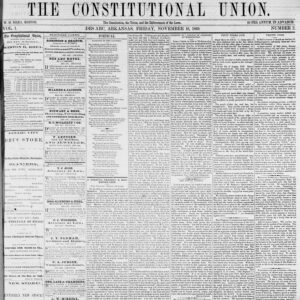 Constitutional Union
Constitutional Union
Convent Inspection Act of 1915
aka: Act 130 of 1915
aka: Posey Act
 Conway Church
Conway Church
Conway Confederate Monument
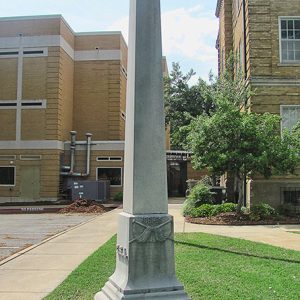 Conway Confederate Monument
Conway Confederate Monument
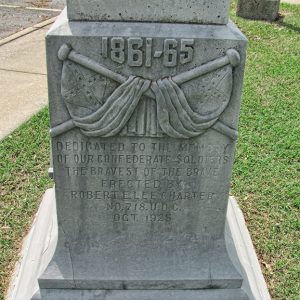 Conway Confederate Monument
Conway Confederate Monument
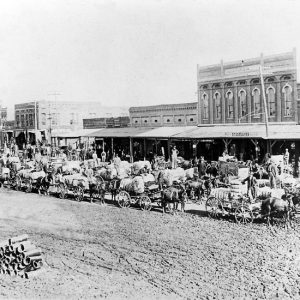 Conway Cotton Wagons
Conway Cotton Wagons
Conway County Courthouse
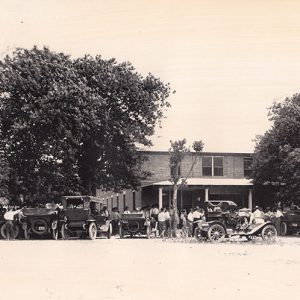 Conway Hotel
Conway Hotel
 Conway Laundry
Conway Laundry
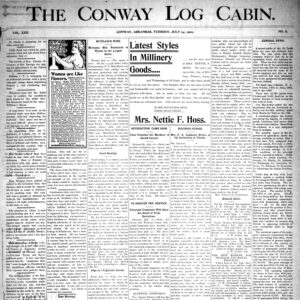 Conway Log Cabin
Conway Log Cabin
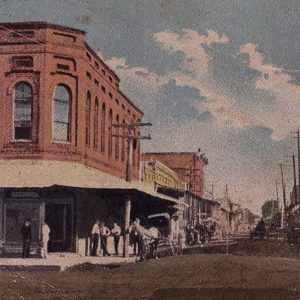 Conway Street Scene
Conway Street Scene
 Conway Train Depot
Conway Train Depot
Cook-Morrow House
 Cook-Morrow House
Cook-Morrow House
 Virgil Y. Cook
Virgil Y. Cook
 Everett Cook
Everett Cook
Cooke, Charles Maynard “Savvy,” Jr.
Coop Creek Bridge
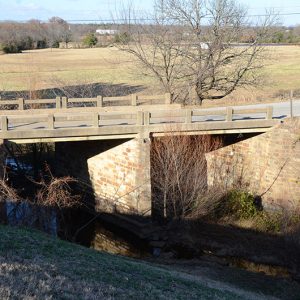 Coop Creek Bridge
Coop Creek Bridge
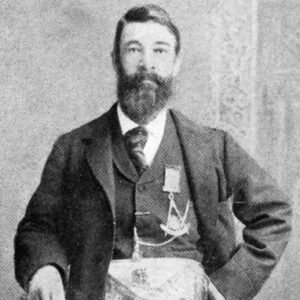 Joseph Corbin
Joseph Corbin
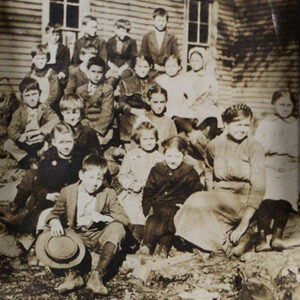 Corinth School
Corinth School
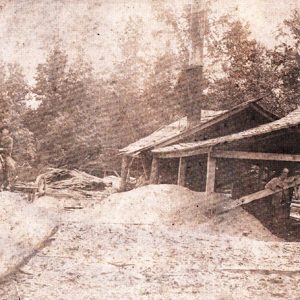 Corinth Sawmill
Corinth Sawmill
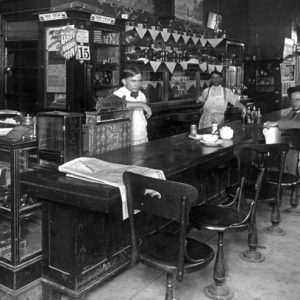 Corner Cafe
Corner Cafe
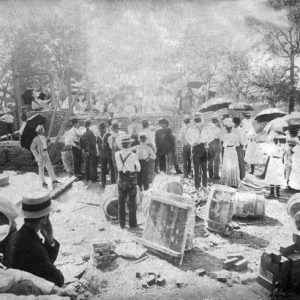 Corning Courthouse Cornerstone Ceremony
Corning Courthouse Cornerstone Ceremony
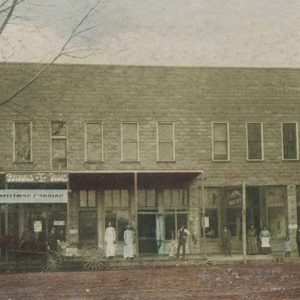 Corning Street Scene
Corning Street Scene
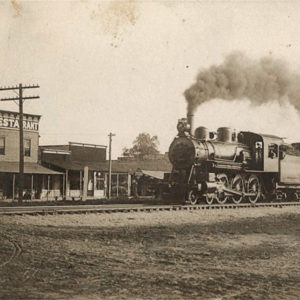 Corning Train
Corning Train
 Cornish House
Cornish House
 Cornish House Birthday Party
Cornish House Birthday Party
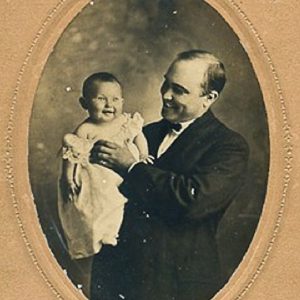 Edward and Hilda Cornish
Edward and Hilda Cornish
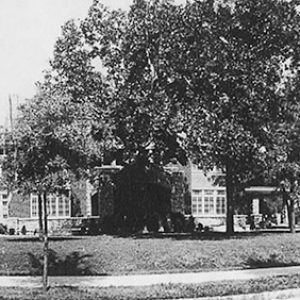 Cornish House
Cornish House
 Cornish House Plans
Cornish House Plans
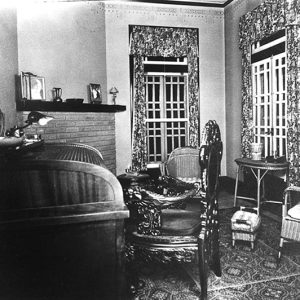 Cornish House Interior
Cornish House Interior
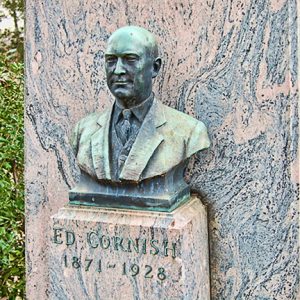 Ed Cornish Tombstone
Ed Cornish Tombstone
Cornish House
Cornish, Hilda
aka: Brunhilde Kahlert Cornish
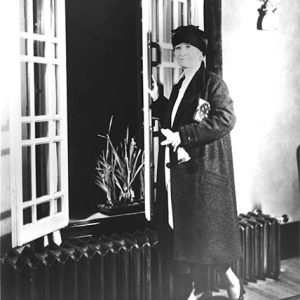 Hilda Cornish
Hilda Cornish
Coronado Coal Co. v. United Mine Workers of America
aka: United Mine Workers of America v. Coronado Coal Co.
 Coronado Coal Company Mine
Coronado Coal Company Mine
 Judge Calvin Cotham
Judge Calvin Cotham
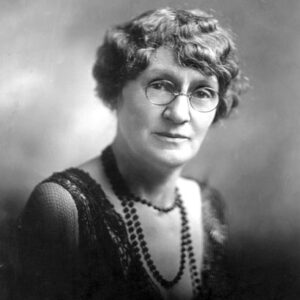 Florence Cotnam
Florence Cotnam
Cotnam, Florence Lee Brown
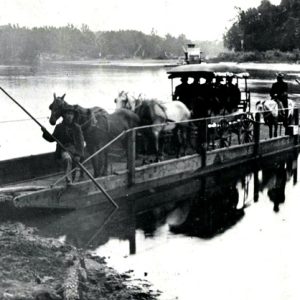 Cotter Ferry; 1904
Cotter Ferry; 1904
 Cotter Bridge Construction
Cotter Bridge Construction
 Cotter Bridge Construction
Cotter Bridge Construction
Cotter Bridge
aka: R. M. Ruthven Bridge
Cotter Expulsion of 1906
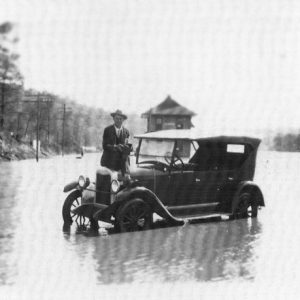 Cotter Flood
Cotter Flood
 Cotter Street Scene
Cotter Street Scene




